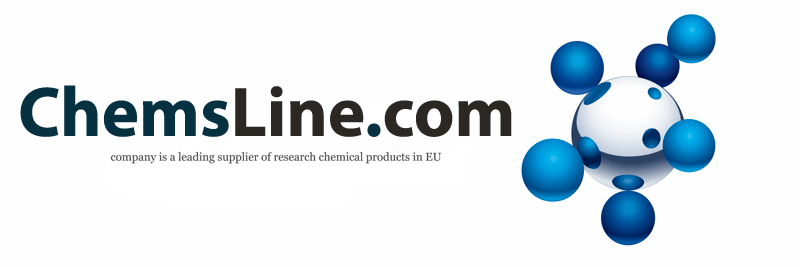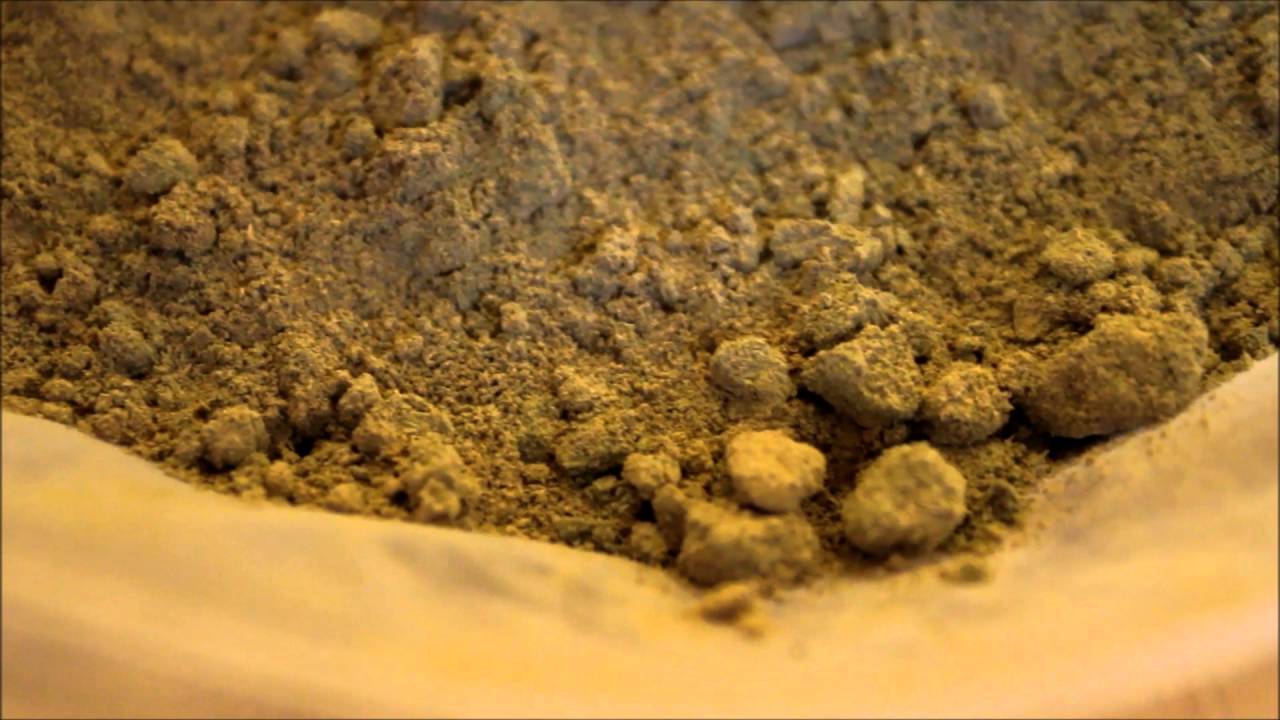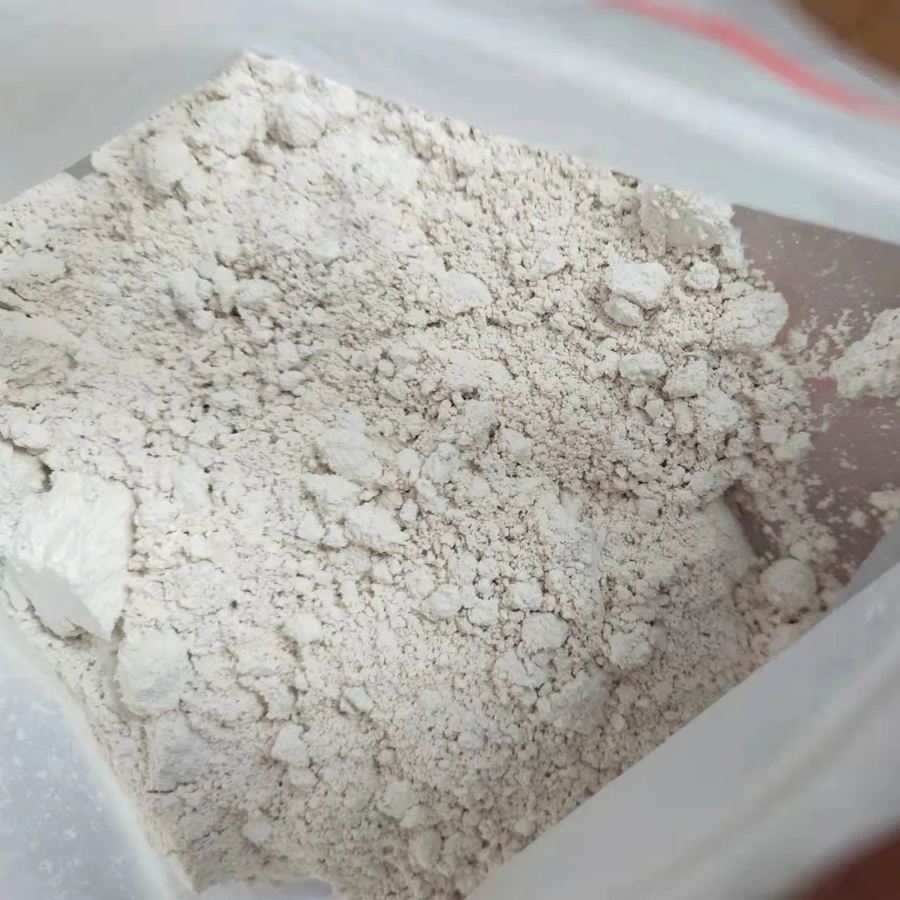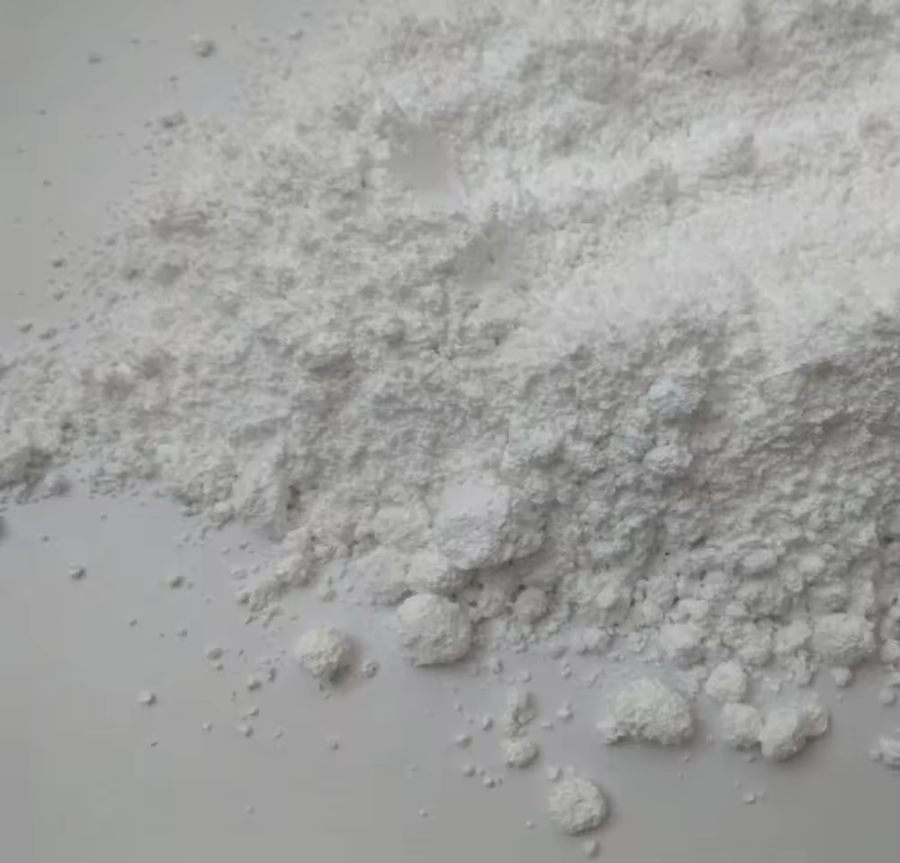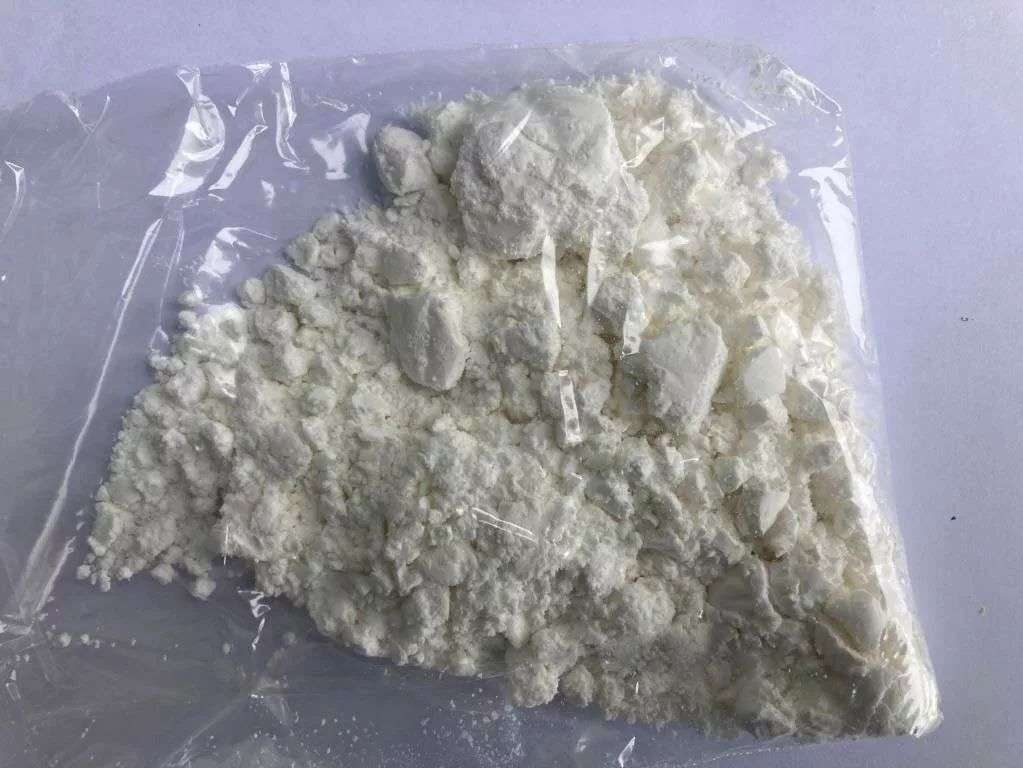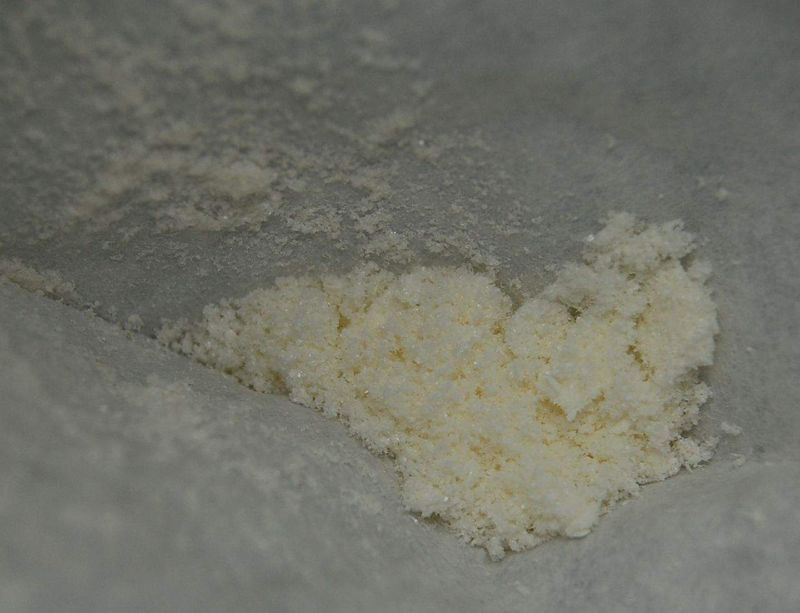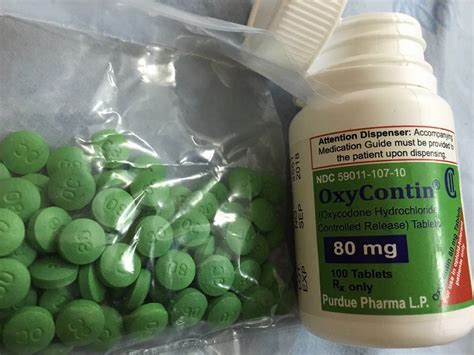
Metcathinone – the so-called short-acting stimulant. Another name is ephedron, drug addicts also use the name or “jeff.” It is made from medicines with ephedrine.
If you find that your loved one is taking this drug, we recommend that you contact the Decision Center and undergo a rehabilitation program – it will help solve the problem of addiction.
Chemical formula
In chemistry, Metcathinone is described by the following formula:
C10H13NO
If a substance is synthesized in a laboratory, it will have a faint odor. The final product obtained under artisanal conditions smells strongly due to the presence of benzaldehyde as a component in the composition.
On the territory of the Russian Federation it is found in the form of a yellowish or colorless solution. In the USA, dealers do not sell a solution, but a white crystalline powder.
Substance History
The first time Metcathinone was synthesized in 1915. In the 70s of the XX century, it became especially popular. Then came the hippie era, and without doping it was impossible to earn respect among young people. According to unofficial statistics, the substance began to appear in illicit traffic in the United States since 1990.
Medical use
Drug Jeff is used to treat drug addiction and alcoholism. It belongs to the category of analeptics, acts on the central nervous system, respiratory system.
Increases vitality.
Stimulates the work of the heart and lungs.
Helps to eliminate fainting and coma.
If the use becomes regular, and at the same time the therapeutic dose is exceeded, then the opposite effect is observed – there is a big load on the central nervous system, heart and lungs until the death.
Signs of Metcathinone
Symptoms that indicate drug intoxication with Jeff:
pupils dilated;
speech becomes confused;
the addict seems overexcited, he is very sociable;
slowness and fatigue can be observed.
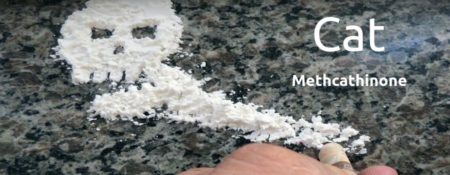
Effect on the body
In the first phase after consumption (meaning intravenous administration), a person feels lightness in the body, he is surrounded by a feeling of weightlessness, there is euphoria, and the problems that concern the addict do not seem so significant. At the time of “arrival” the user chooses quiet and dark places; if the music is turned on, then to the minimum volume, priority – melodic genres.
After a few minutes (from 5 to 20 minutes), a phase sets in, in which the addict increases his self-confidence, he begins to think that any task is feasible, and all the ideas that he gives rise are ingenious. The addict becomes talkative, can talk incessantly.
From the outside, it looks like this: fussy, active in movements, restless, can not concentrate on anything. He has a need for action, which he can implement by doing household chores – washing, cleaning. Complex actions remain incomplete.
After 6-8 hours, the effect of the drug ends, and the opposite reactions appear – the addict experiences apathy, depression and drowsiness.
All of these conditions are the result of the release of dopamine, norepinephrine and serotonin into the blood.
Addiction development
Dependence may appear after 2 doses. In some, it develops only after 10 to 15 injections. Addiction leads to “cyclical” use: the addict quickly goes from 1 to 3 injections per day; a similar regime lasts for 3 days. Euphoria lasts up to 6 to 8 days.
If the addict falls asleep during this period, then the dream can last up to 3 days – in some cases it ends in death.
The problem with the drug is that it causes a strong dependence, with which the addict cannot cope on his own. That is why it is so important that the healing process is carried out under the guidance of experienced doctors.
